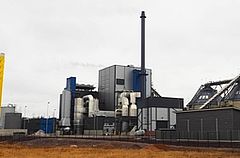Overview of bio energy technologies
Table of contents
1. Basic definitions
2. Biomass Resources
3. Biogas
3.1. Production and application of biogas
3.2. Biogas plants
3.3. Biogas. Research and innovations
3.4. Biogas. Trends of development
Biogas. References
4. Biomass Thermochemical Conversion
4.1. General information
4.2. Torrefaction and Fast Pyrolysis
4.3. Biomass Gasification
4.4. Production of synthetic fuels from biomass syngas
Biomass Thermochemical Conversion. References
5. Cellulosic ethanol production
Cellulosic ethanol production. References
6.
